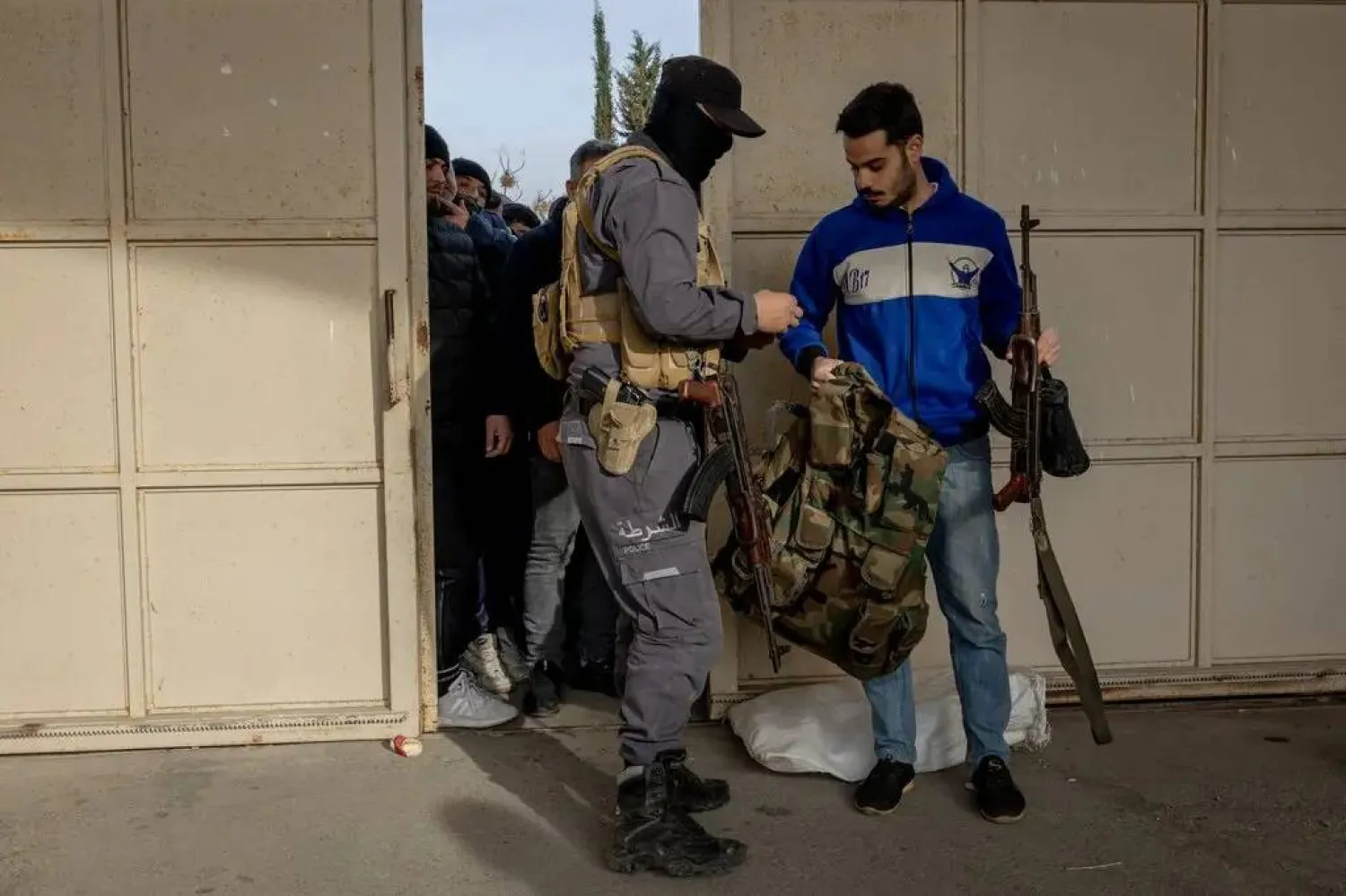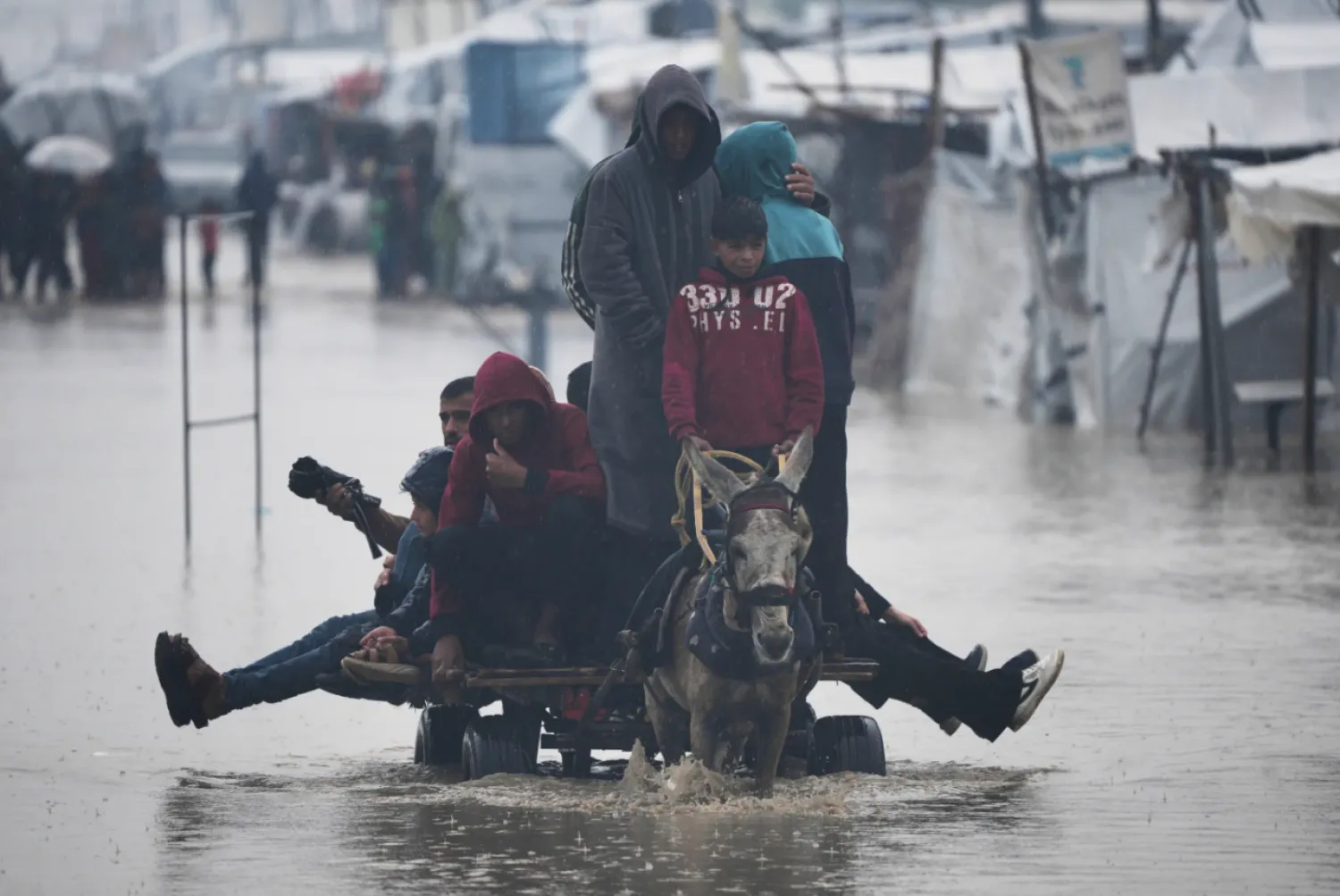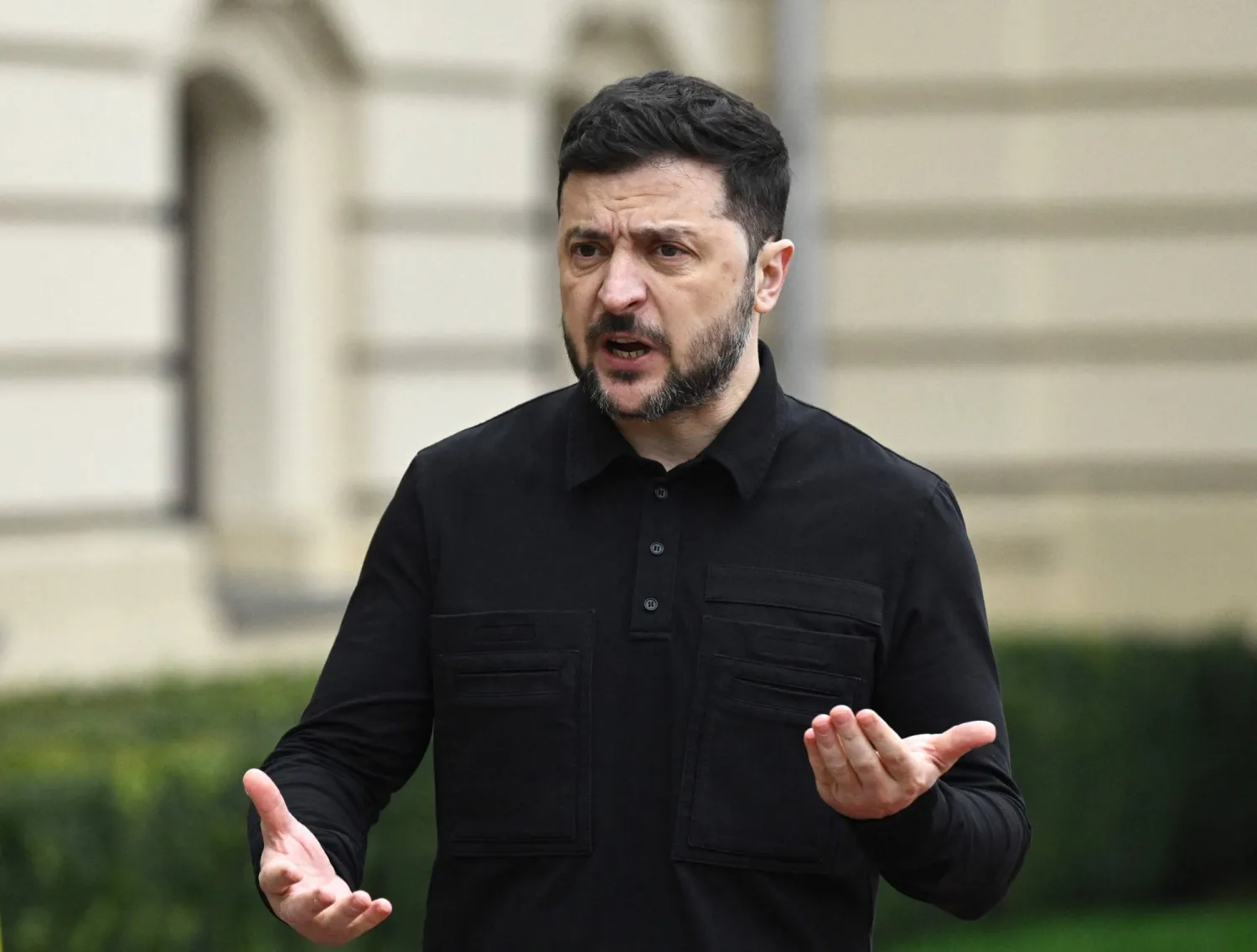Russian President Vladimir Putin did not take part in late Syrian President Hafez Assad’s funeral two decades ago, but Russian forces have since then deployed in Syria and are boosted by military bases. Putin aspires to expand and bolster these bases by establishing a “soft” economic, social and political presence in Syria.
Then Turkish President Ahmet Necdet Sezer attended Assad’s funeral. Now, Turkish forces are deployed in vast areas in northwestern, northern and northeastern Syria. The same goes to then Iranian President Mohammad Khatami. Now, Iranian Revolutionary Guards members are establishing a “shadow” state in Syria and setting up and training Syrian and non-Syrian militias. The American military is also present east of the Euphrates River. Twenty years prior, then Secretary of State Madelaine Albright had attended Assad’s funeral.
When then French President Jacques Chirac and British Foreign Secretary Robin Cook flew to Damascus for the funeral, they would have never predicted that their countries would now be part of the international coalition that controls northeastern Syria and bars any Syrian jets from those skies.
The coalition backs the Syrian Democratic Forces on the ground. The SDF includes the Kurdish People’s Protection Units (YPG) that receive some training from the Kurdistan Workers' Party, led by Abdullah Ocalan. Ocalan was jailed by Turkey soon after Assad allowed him to leave Syria to avert a war with Turkey in mid-1998.
Then Lebanese President Emile Lahoud, who was the last official to speak with Assad before his death, was the first to arrive in Damascus for the funeral. Lahoud would have never predicted that his ally, Hezbollah, would have intervened in the Syrian conflict in 2012 to held “save” the regime. He would have never predicted that it would now be deploying its fighters in different parts of Syria and that it would have the final say in Lebanon, effectively marginalizing “Syria’s role in Lebanon.” The shift in roles began with party chief Hassan Nasrallah’s attendance of Assad’s burial in al-Qardahah 20 years ago.
The list of dignitaries who attended Assad’s funeral after his death on June 10, 2000 underscored the regional and international role it played at the time and reflects the extent of the change that has taken place in Syria since then. Syria used to be a regional and international player with wide connections. Now, it has turned into an open arena where regional and international players tussle. Its “proxies”, military officers and intelligence agents used to operate in countries near and far, but now, the “proxies”, armies and agents of other nations play on its territories.
‘Correction’
Assad joined the ruling Baath party’s military council and was eventually appointed defense minister. In November 1970, he staged a military coup in what was known as the “Corrective Movement.” He ousted and jailed President Nureddin al-Atassi and was declared president in March 1971. On October 6, 1973, he joined Egyptian President Anwar Sadat in waging the October War against Israel. A year later, he signed the Agreement on Disengagement with Israel over the Golan Heights. In June, US President Richard Nixon visited Damascus to restore diplomatic relations that were frozen after the “June 1967 setback.”
Syria’s first foray in foreign intervention took place in 1976 when, with American and Soviet blessings, its military was sent to Lebanon during its civil war. A year later, its troops were deployed throughout nearly all Lebanese territories. Syrian troops and intelligence agents remained in Lebanon until April 2005 when they were forced to withdraw, in line with United Nations Security Council resolution 1559, after coming under massive international pressure in wake of the assassination of Lebanese former Prime Minister Rafik Hariri.
Syria’s relations with its eastern neighbor Iraq were just as complicated. In 1979, Iraqi President Saddam Hussein accused Assad of “conspiring” against Baghdad, sparking tensions and conflicts between Iraq and Syria, each of which are ruled by rival branches of the Baath party. Relations during Assad’s final years improved. Trade relations were revived and diplomatic ties, which were severed in 1980 after Damascus backed Tehran in the Iraq-Iran war, were restored.
‘Balance’
A new page of strategic Syrian-Iranian relations was opened with Khomeini’s 1979 revolution. These relations will leave their impact on the Middle East for decades to come. Assad, however, balanced out these relations during the 1990s by remaining in the Arab fold through establishing strong ties with heavyweights, Saudi Arabia and Egypt. This trilateral alliance formed the foundation for Arab work and provided the necessary coordination for addressing developments and taking decisions.
In February 1982, Assad repelled an uprising by the Muslim Brotherhood in Hama city, which left tens of thousands of people dead. In late 1983, Assad suffered a heart attack. His brother, Rifaat attempted to seize the president’s incapacity to stage a coup, but failed. A year later, the younger Assad was exiled from Syria and still resides in Europe despite his attempts to return to his homeland after his brother’s death in 2000.
Without ‘cover’
After the collapse of the Soviet Union, with which Syria had signed a friendship and cooperation agreement in 1980, Assad shifted his attention to the West to improve his relations with the United States. He had deliberately avoided signing a strategic agreement with the Soviets or granting them permanent military bases, except in the small port of Tartus, in order to keep his options open with the West. He reaped the benefit of such foresight after he visited Moscow shortly before the Soviet collapse. He realized that the demise of his greatest ally was imminent and so he shifted his gaze to the West for a new “cover.” In the early 1990s, Syria joined the US-led multination alliance against Saddam after Iraq invaded Kuwait. In late 1991, Syria took part in the opening of the Madrid conference aimed at launching Arab-Israeli negotiations.
In October 1994, Assad met with American President Bill Clinton in Damascus, which had been the destination of dozens of visits by US secretaries of state in order to develop bilateral relations and push forward peace negotiations with Israel. Four years later, Assad traveled to Paris in his first visit to a western nation in 22 years. He was warmly received by Chirac, who had played an integral role in opening European doors to Assad.
Five ministers, five armies
Before Assad’s death, Syria’s troops were deployed in Lebanon, where Damascus held all the strings. Before his death, Syria was part of a trilateral front that included Turkey and Iran in deterring the establishment of a Kurdish state in northern Iraq. At the same time, it was part of the Damascus Declaration group that included Saudi Arabia, Egypt and Arab countries. It was also part of the tripartite alliance with Riyadh and Cairo. It had restored relations with Saddam, while also harboring his opponents.
Syria used to host organizations opposed to Israel, while also negotiating with Israel through American channels. In late March 2000, Assad and Clinton held a summit in Geneva in a last-ditch effort to reach peace.
In spring 1996, the foreign ministers of four nations, the US, Russia, France and Iran and European Union, each with rival interests, were in Damascus to reach the “April understanding” in wake of Israel’s Grapes of Wrath operation in southern Lebanon.
Today, Syria finds itself out of the Arab League. It is isolated and under the mercy of American and European sanctions. The American, Russian, Iranian, Turkish and Israeli air force are active on its territories and in its airspace. After the 2011 protests, half of the Syrian people have become displaced and 690,000 lives have been claimed by the war. Economic losses have topped 530 billion dollars, while the country still struggles with protests and shortages in food, medicine and water.
Syria, which used to vie for power beyond its border, is now an arena for the conflicts of others. From player to playground.









